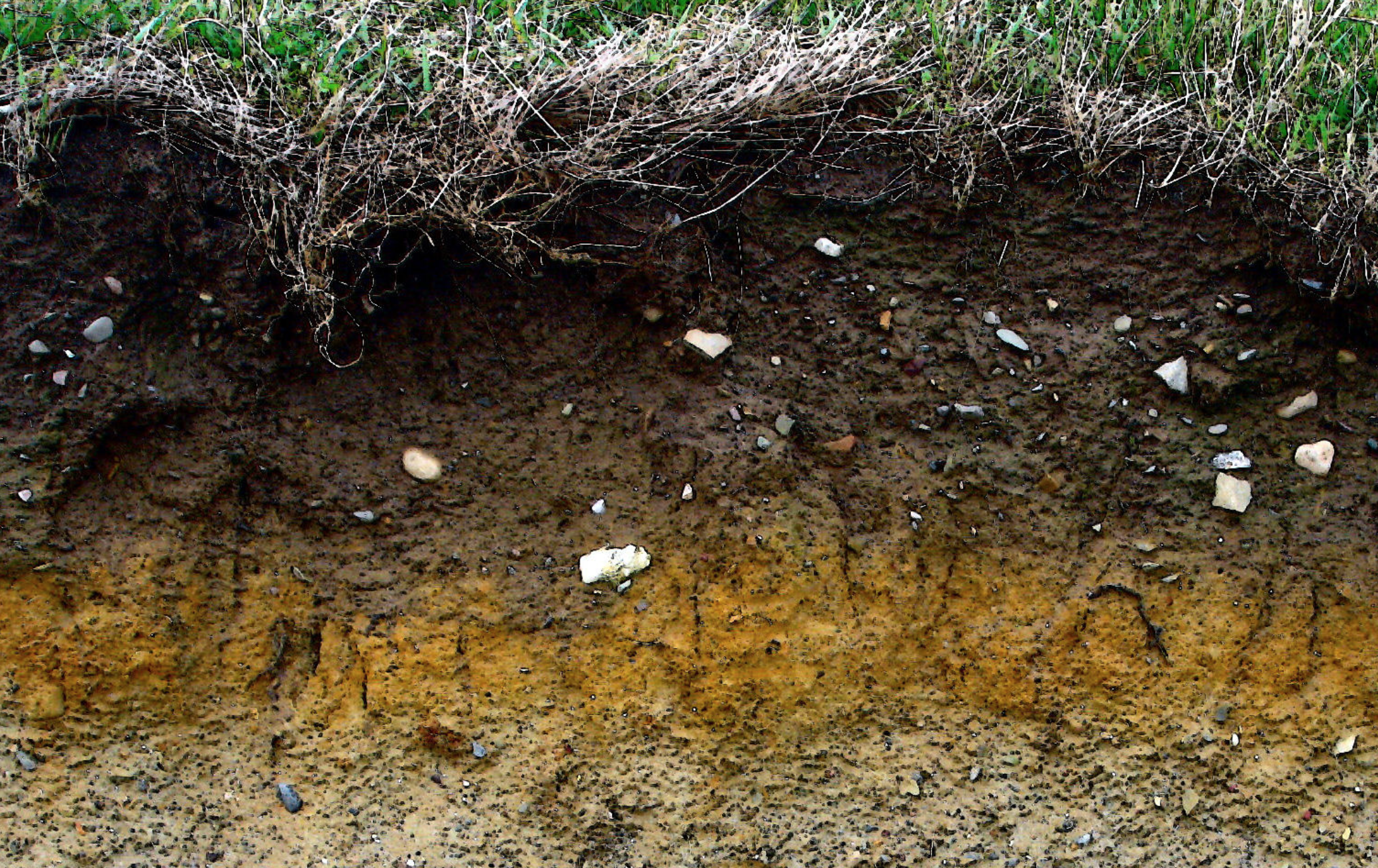In the other experiment, Kabir Peay inoculated sterile seedlings of Pinus muricata with the ectomycorrhizal fungus, Suillus pungens at 10, 41, or 144 days after planting. The controls in this experiment were never inoculated with the plant’s symbiote. Together, these two experiments paint a more detailed picture of what’s going on beneath the forest floor and show not only the importance of fungal availability, but the timing of fungal arrival.
The results in this paper show that when ectomycorrhizae inoculation is delayed, plant seedling growth is reduced 4-8-fold. Competition too reduced pine growth, but the availability of the pine’s fungal mutualist was actually more significant. These interactions combine, with Pinus muricata seedlings being more impacted by plant competitor when it had delayed or absent mycorrhizal inoculation. This author clearly shows that for these specific biotic systems, fungal mutualisms are a greater driver of ecological interactions than interspecific competition.









